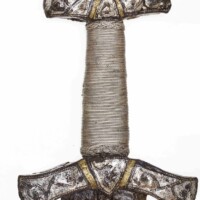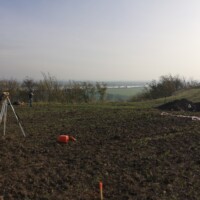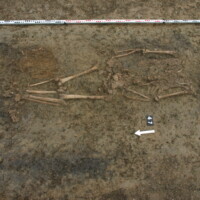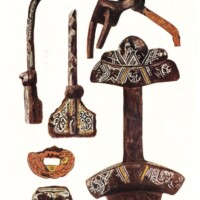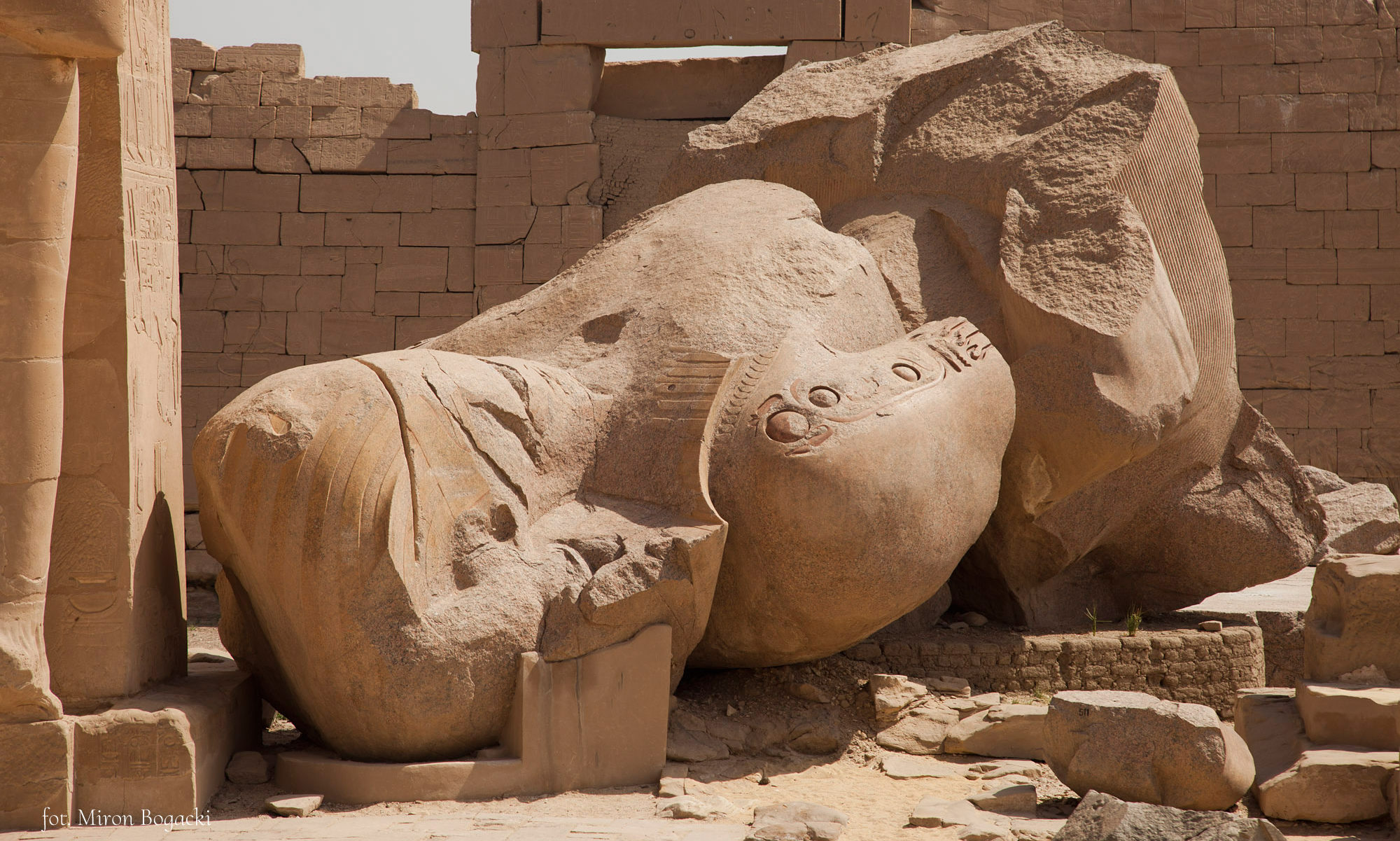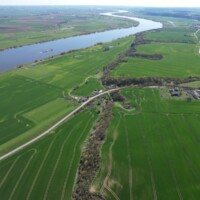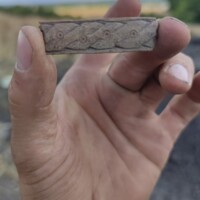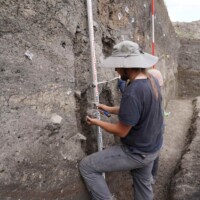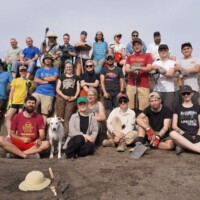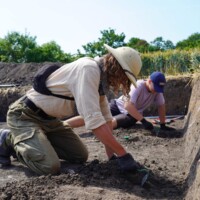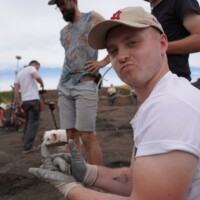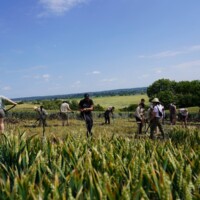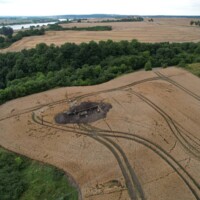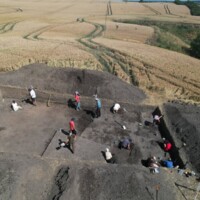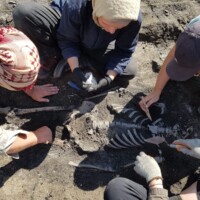Person conducting excavation: dr Sławomir Wadyl
Country: Poland
Site name: Ciepłe, county Tczew, voivodeship pomorskie
Type of the site: a complex of sites – three strongholds, two cemeteries and settlements
Involved institutions: Faculty of Archaeology, University of Warsaw
Description of the research: The excavations are carried out as a part of project ‘The early medieval settlement complex at Ciepłe: the Piast dynasty’s key to Eastern Pomerania’, which aim is to investigate the important archaeological site at Ciepłe in Eastern Pomerania, and to learn about the role that it played in incorporating this region into the first Polish state. Until recently Ciepłe was best known for the accidental discovery of an early medieval cemetery where there was a grave of an armed warrior thought to be a Viking. This cemetery is only one part of a vast complex made up of three strongholds, several settlements and two burial grounds. So far, researchers have concentrated on the discoveries made at the cemetery. This is no surprise. New excavations carried out at the cemetery (2004–2014) uncovered further richly furnished graves, which confirmed the remarkable importance of this place.
The settlement complex at Ciepłe is a unique cluster of sites dating from the late 10th/early 11th century. It was probably founded at the end of the 900s by people associated with the first rulers of the Piast dynasty (Mieszko I or Bolesław I the Brave). Gaining supremacy over Eastern Pomerania was one of the steps that helped build a fully formed and strong political structure at the end of the 10th century and the beginning of the 11th century. The Piasts were particularly keen to seize this area for economic reasons (it gave them access to trade and control of the River Vistula).
The planned research will be conducted on two levels. A multidisciplinary study of the Ciepłe settlement complex will examine the site at a narrow, regional level. The second, broader-level study will look at the site’s wider importance, and will include several innovative research methods. As well as traditional archaeological procedures, we will be using palaeoenvironmental and bioarchaeological studies (including genetic analysis, and analysis of stable isotopes of strontium, carbon nitrogen and sulfur).
